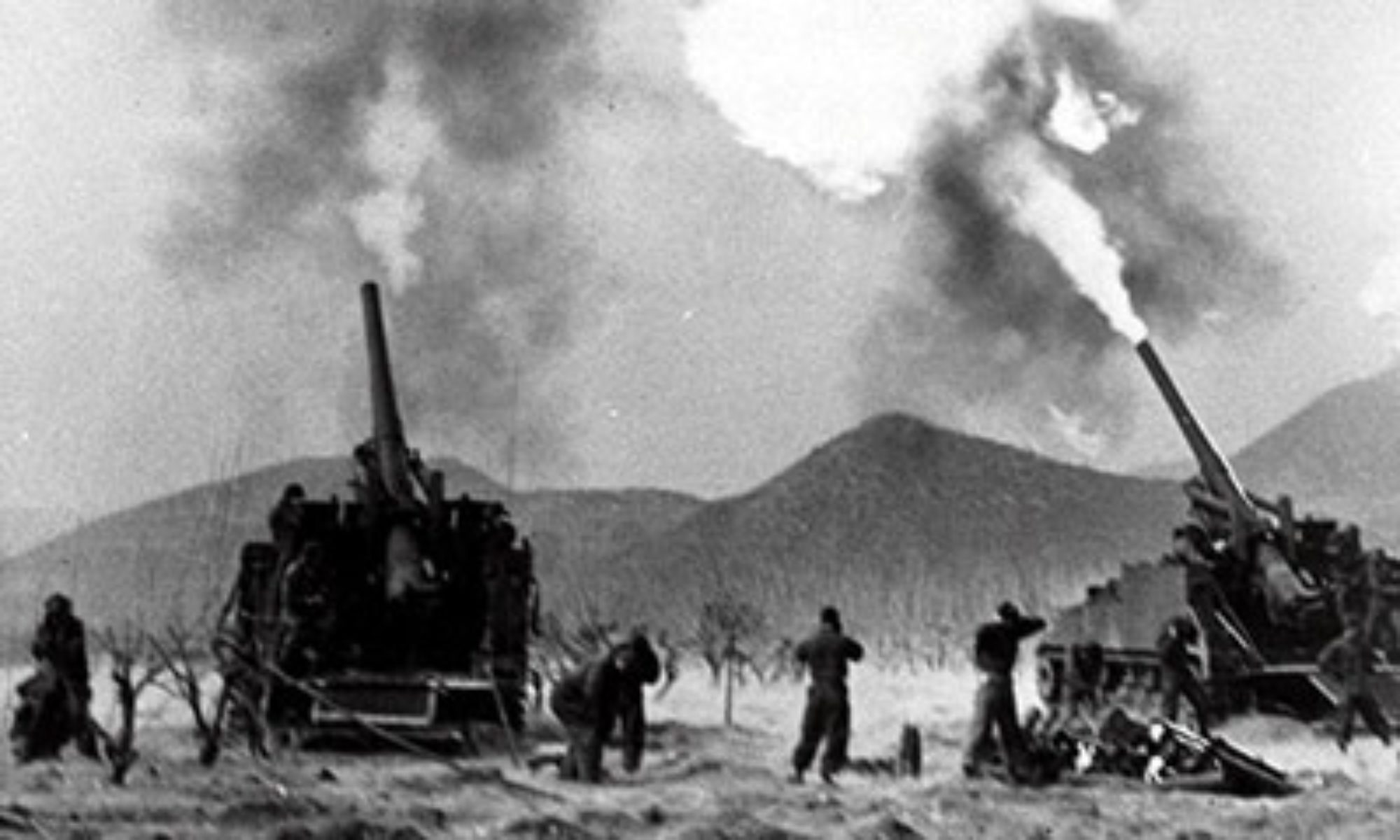On January 22, 1986, Museveni’s forces laid siege to Kampala, capturing the city three days later. The Ugandan government collapsed, with its leaders fleeing into exile abroad. Thousands of Kampala residents took to the streets and warmly received Museveni and the NRA fighters. On January 23, 1986, Museveni took over power and declared himself president of Uganda. The civil war was over; between 300,000 and 500,000 persons had lost their lives.

(Taken from Ugandan Bush War – Wars of the 20th Century – Vol. 3)
Background On April 11, 1979, General Idi Amin was removed from power when the Tanzanian Army, supported by Ugandan rebels, invaded and took over Uganda (previous article). Uganda then entered a transitional period aimed at a return to democracy, a process that generated great political instability. A succession of leaders held power only briefly because of tensions between the civilian government and the newly reorganized Ugandan military leadership. Furthermore, ethnic-based political parties wrangled with each other, hoping to gain and play a bigger role in the future government.
In general elections held in December 1980, former President Milton Obote, who had been the country’s head of state before being deposed in a coup by General Amin in 1971, returned to power by winning the presidential race. It was hoped that the elections would advance the country’s transition to democracy. Instead, they served as the trigger for the civil war that followed. Defeated political groups accused President Obote of cheating to win the elections. Tensions rose within the already charged political atmosphere. Many armed groups that already existed during the war now rose up in rebellion against the government.
War The Ugandan Civil War is historically cited as having started on February 6, 1981, when one of the armed groups attacked a Ugandan military facility. The various rebel militias were tribe-based, operated independently of each other, and generally carried out their activities only within their local and regional strongholds. One such rebel militia consisted of former Ugandan Army soldiers still loyal to General Amin, and fought out of the West Nile District, which was General Amin’s homeland. The various rebel militias had limited capability to confront government forces and therefore employed hit-and-run tactics, such as ambushing army patrols, raiding armories and seizing weapons, and carrying out sabotage operations against government installations.
The rebel group that ultimately prevailed in the war was the National Resistance Army (NRA), led by Yoweri Museveni, Uganda’s former Defense Minister. As a university student, Museveni had received training in guerilla warfare, which he would later put to use in the war.
